
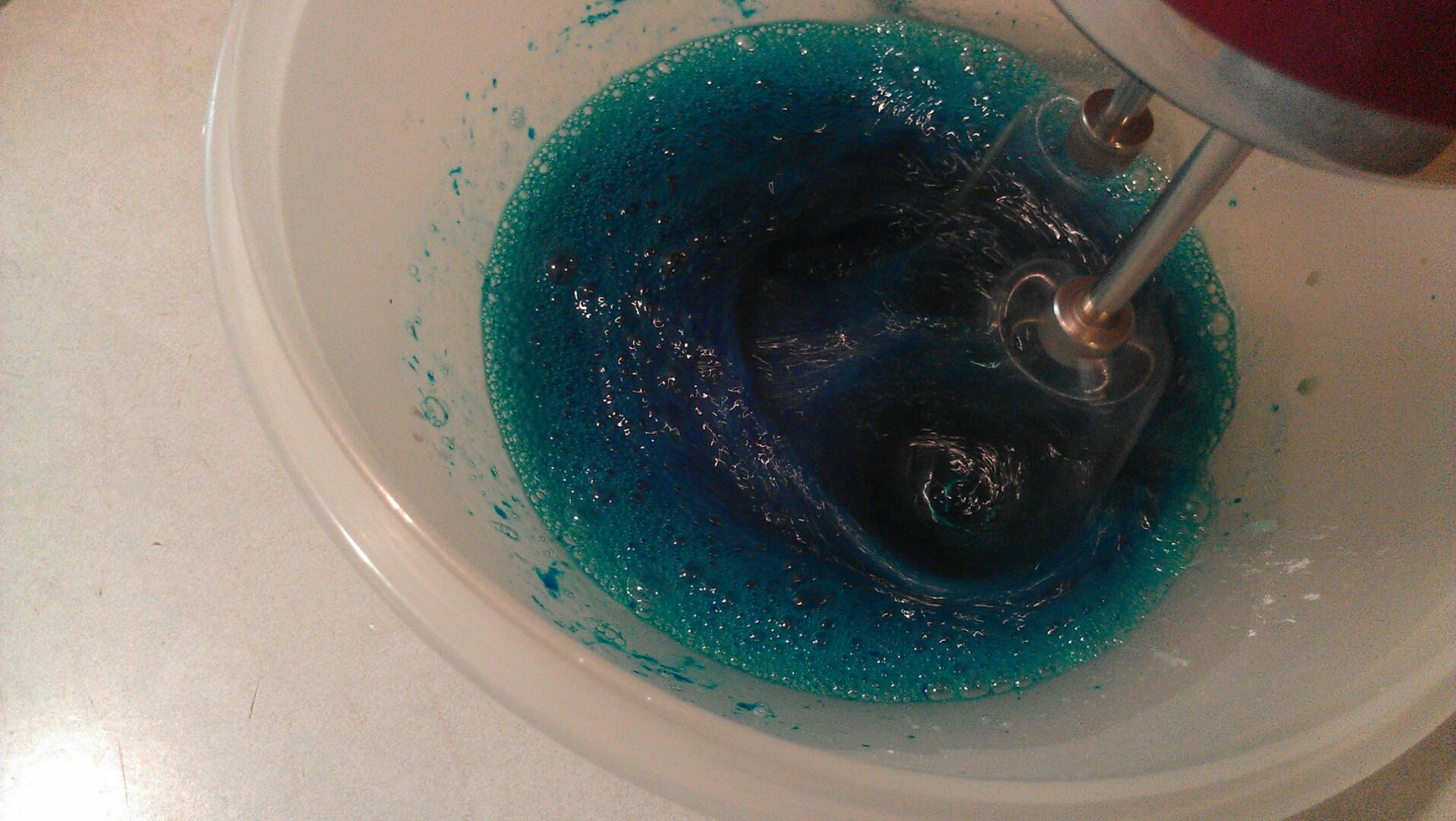
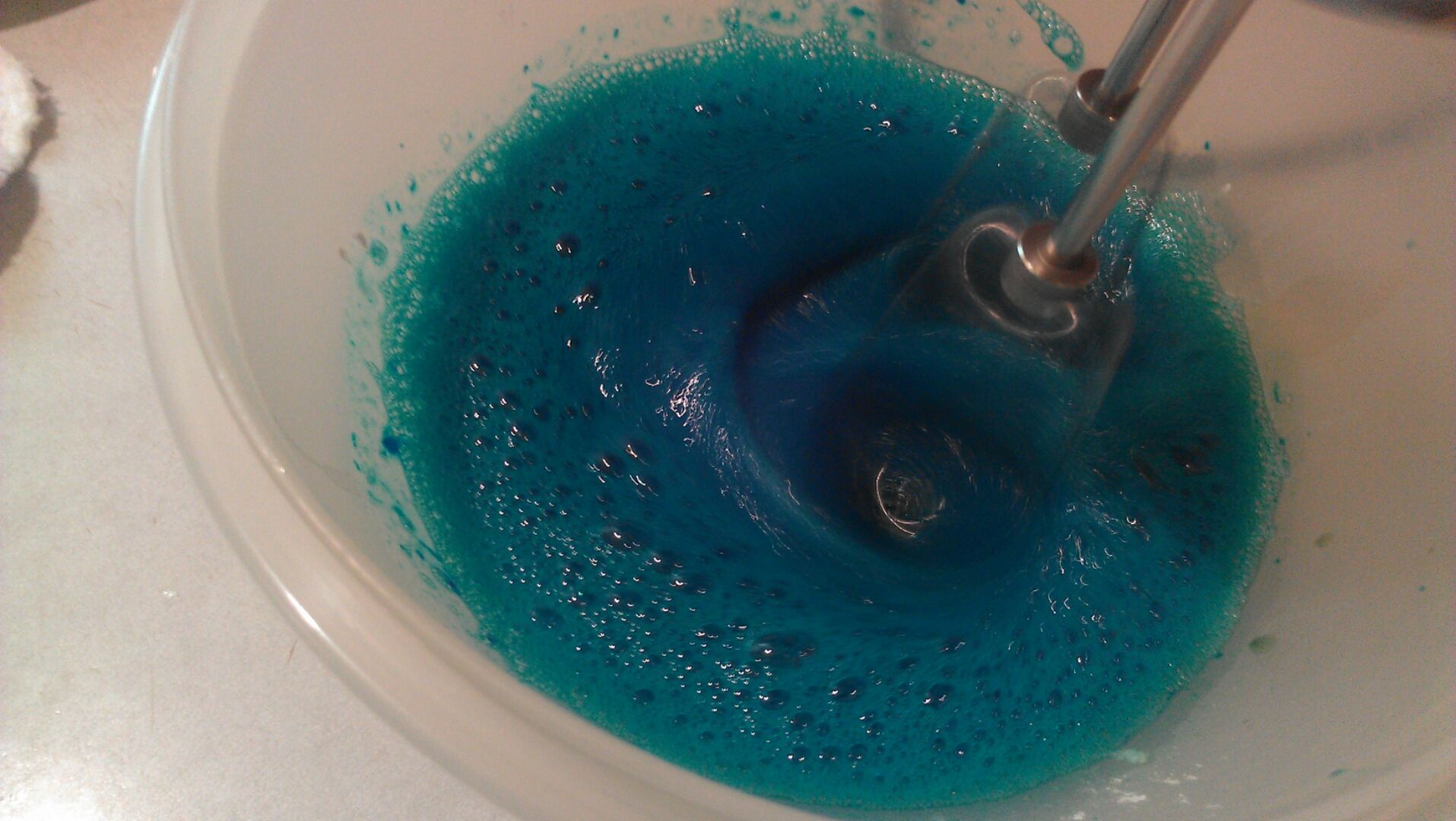
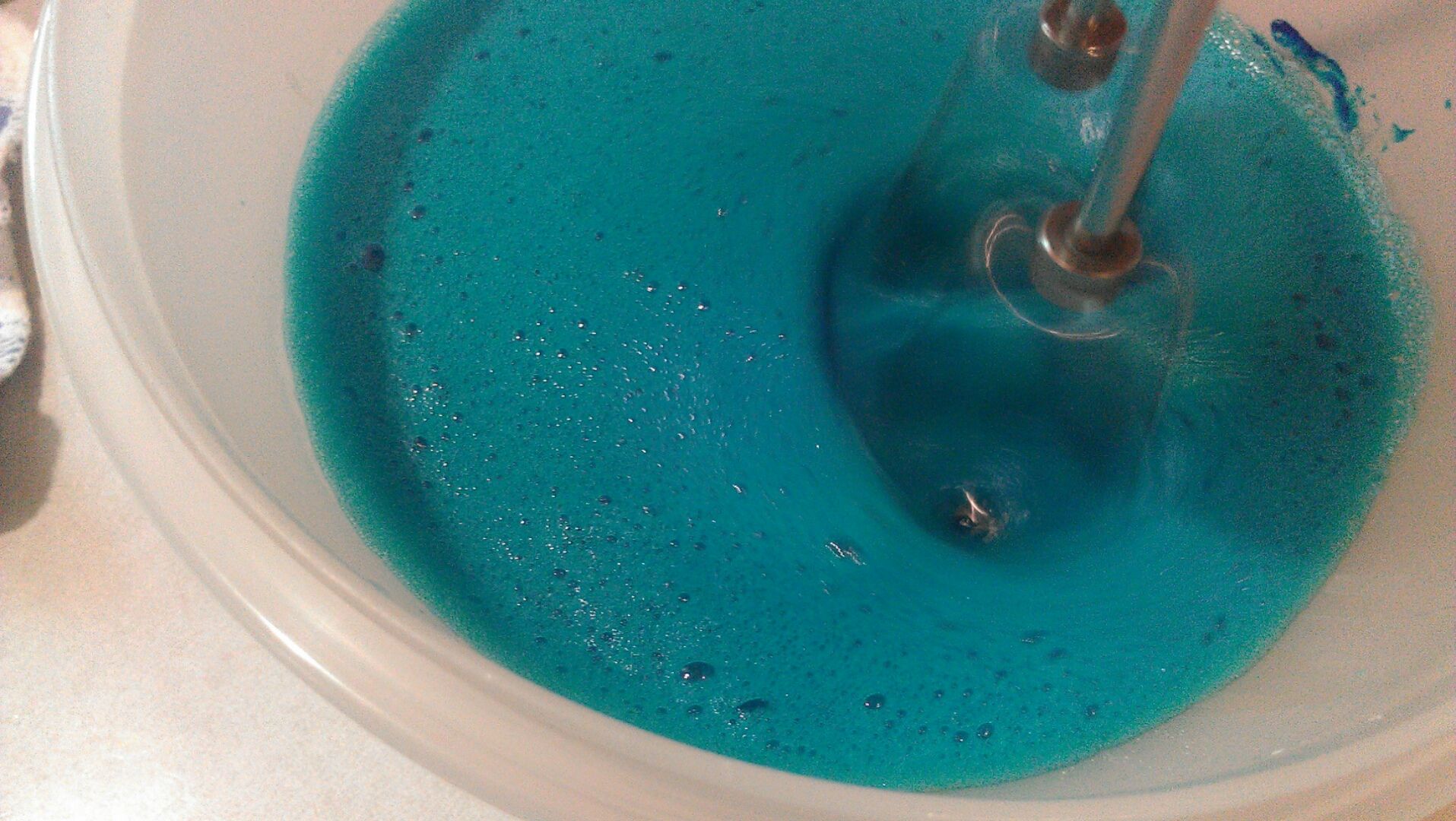
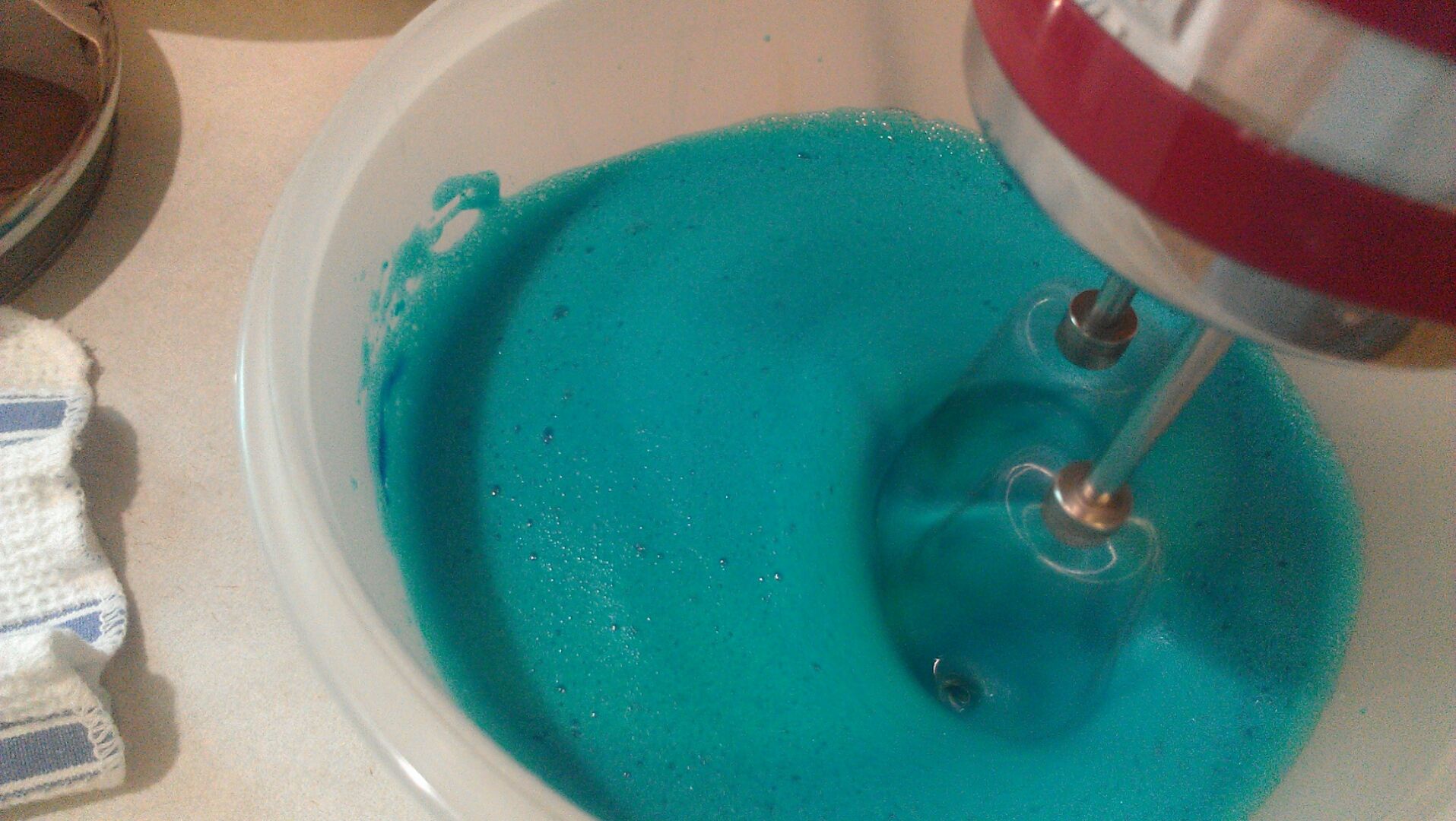
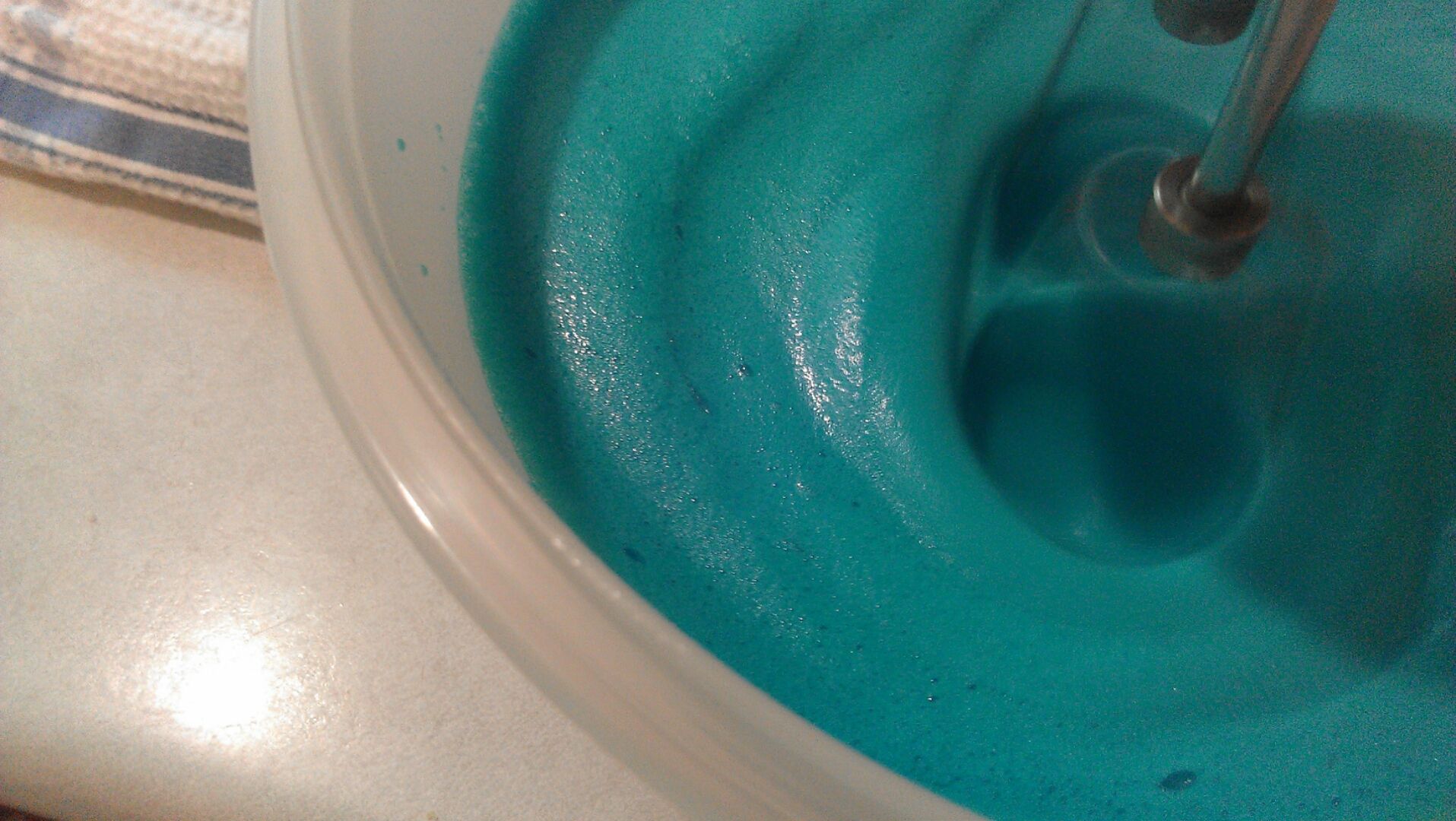
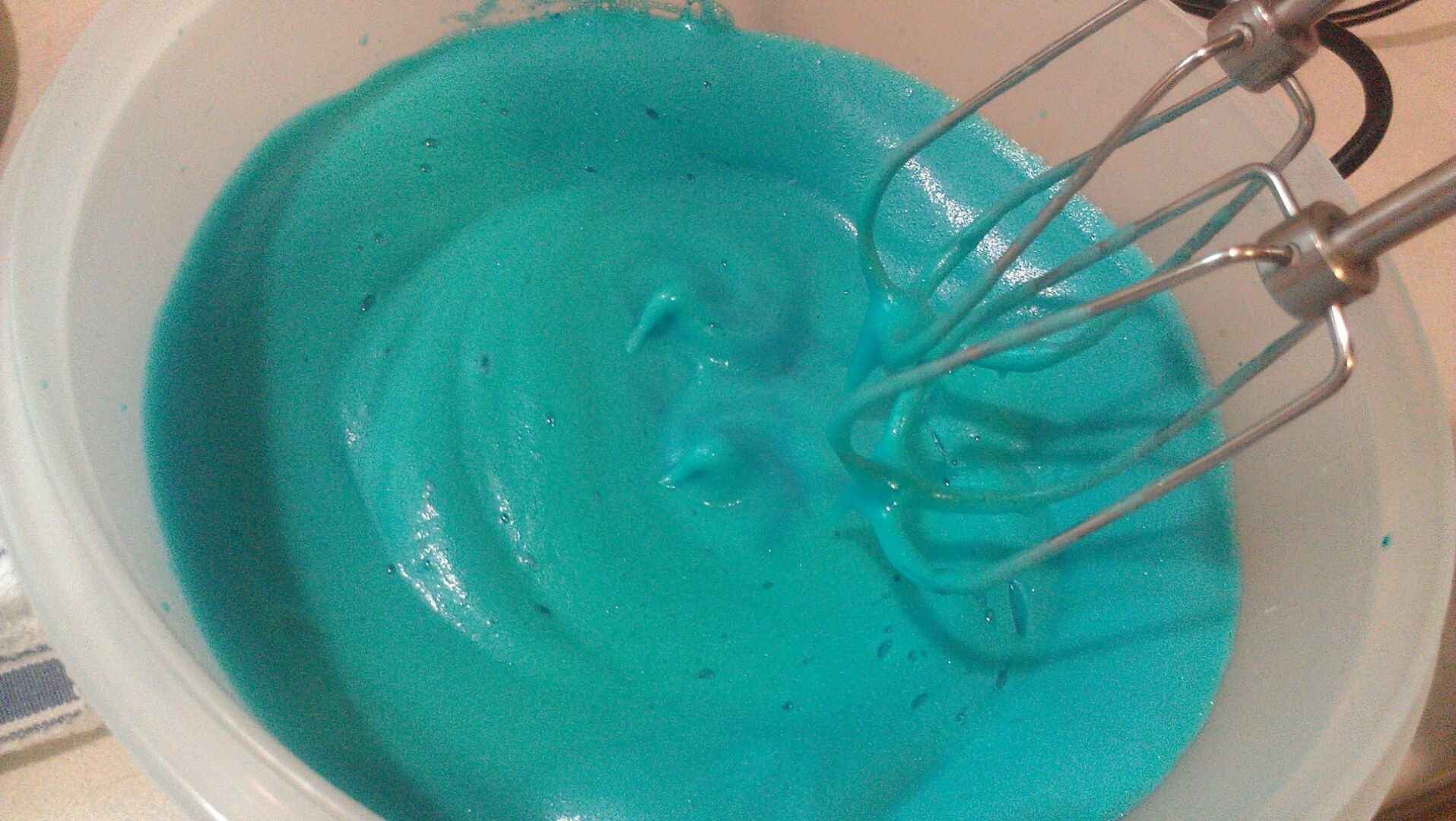
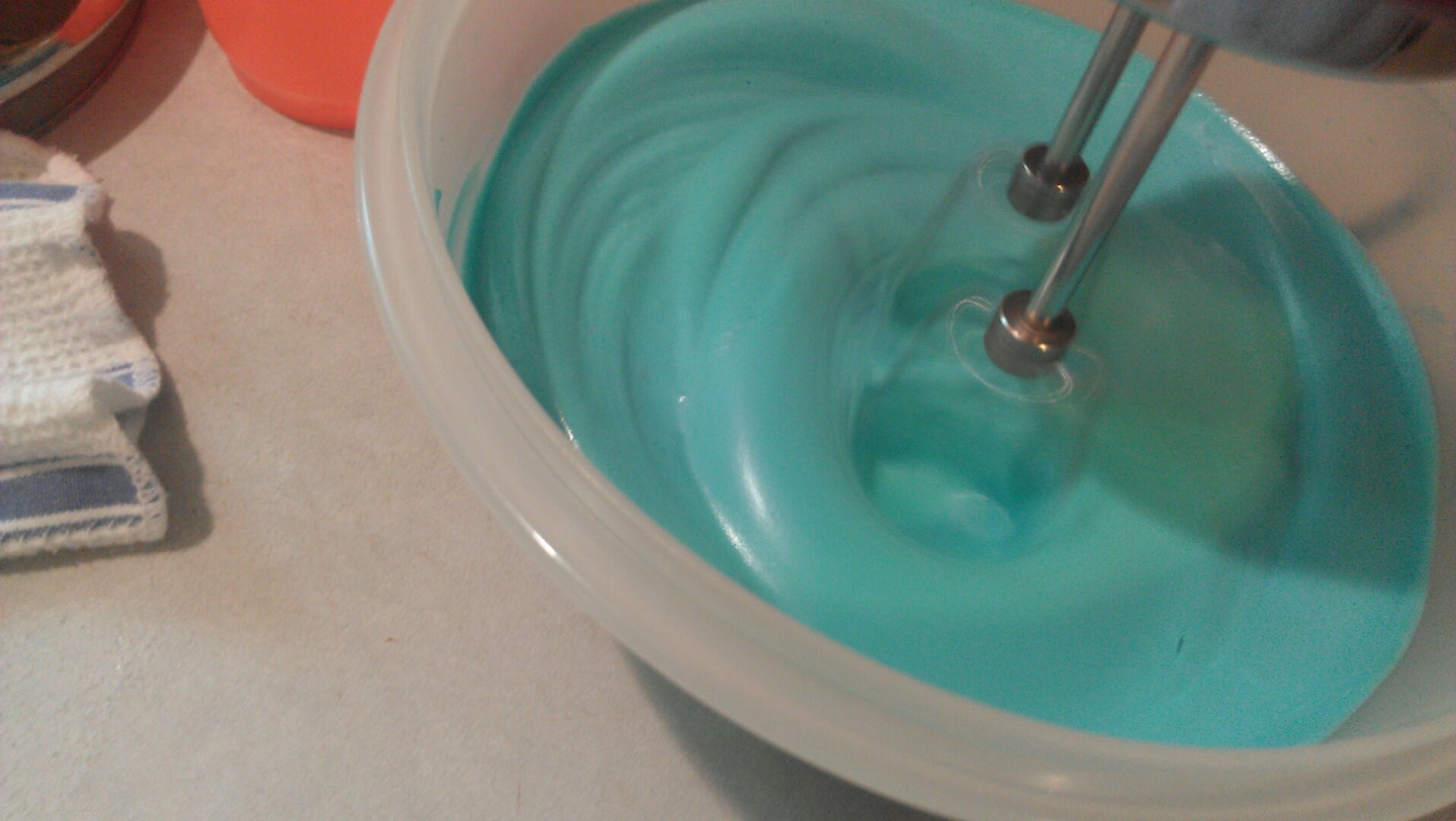


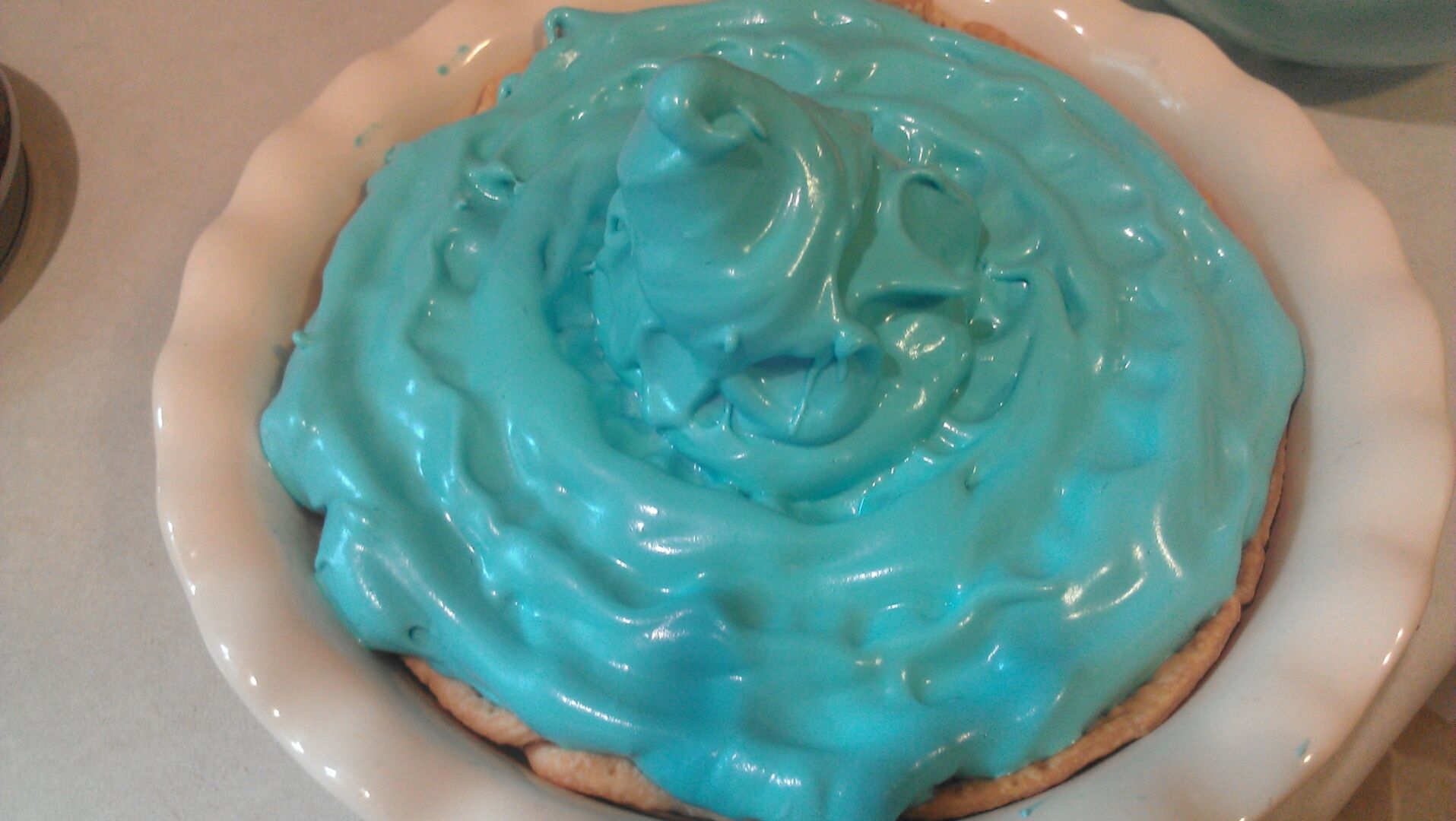
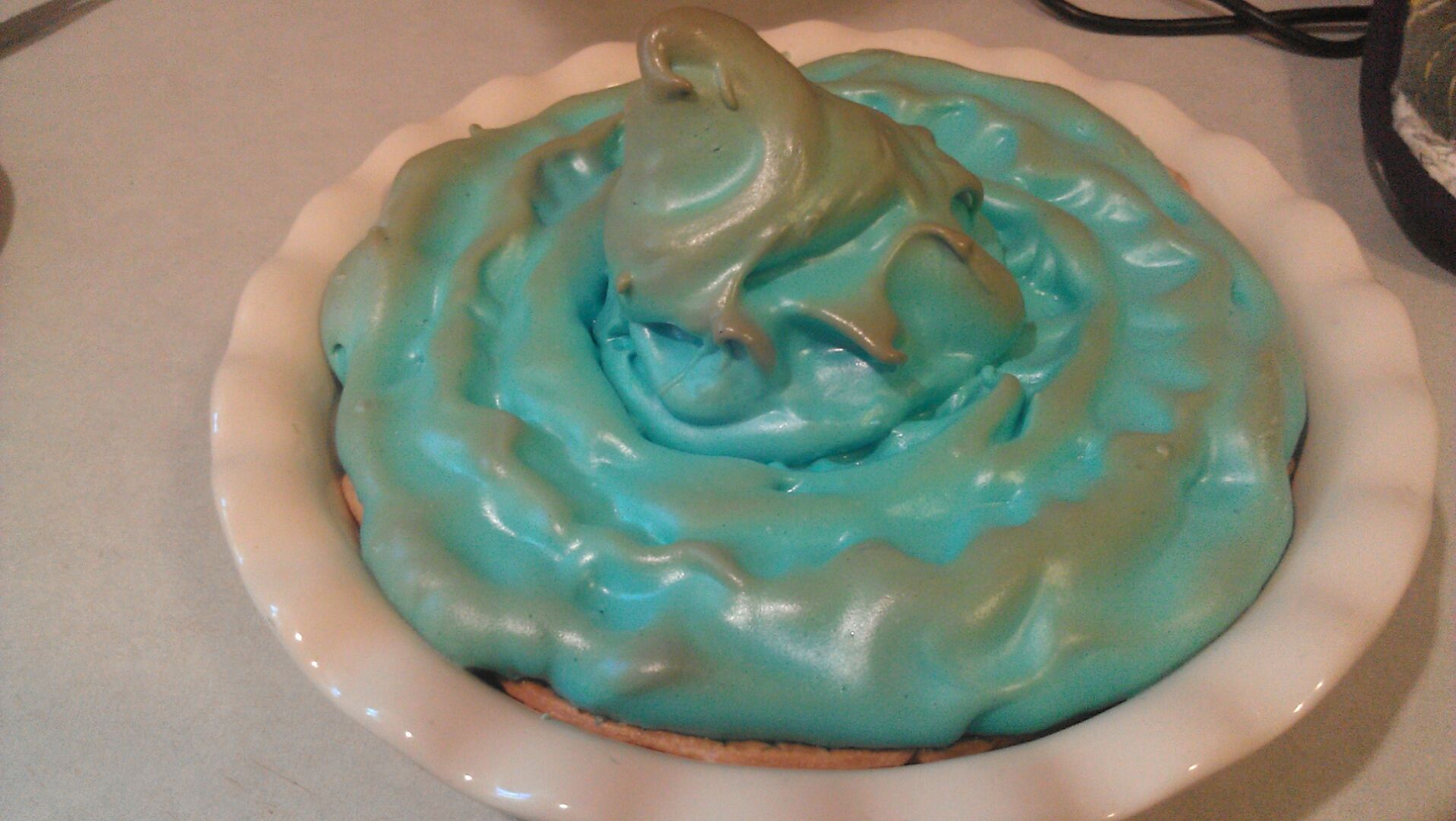
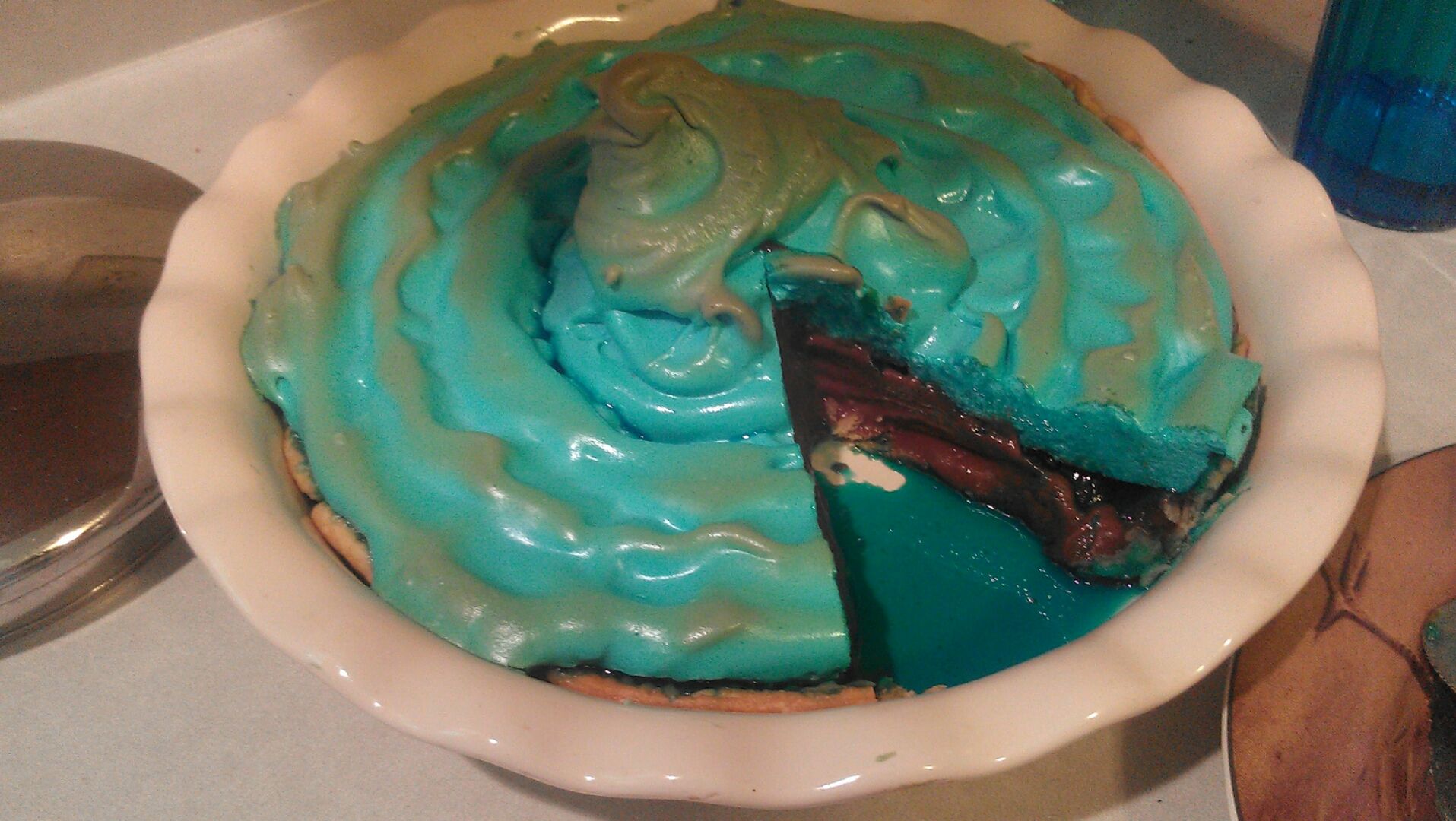
recipes













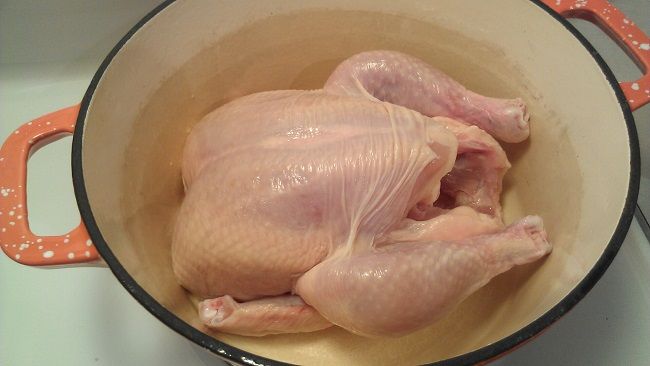
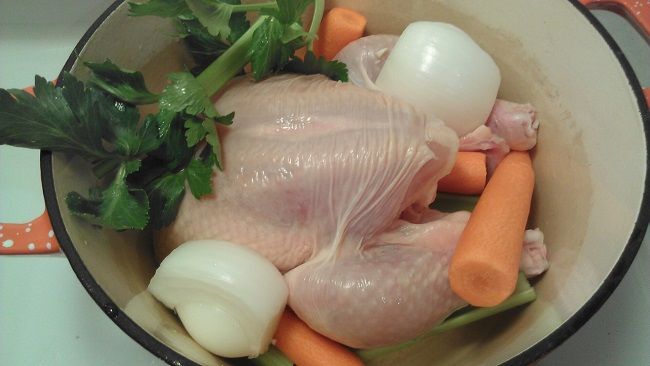
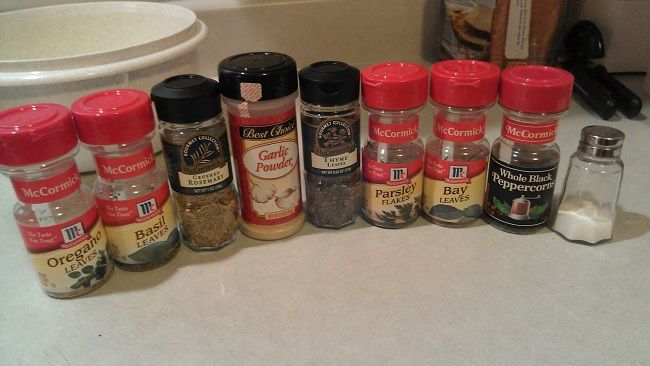
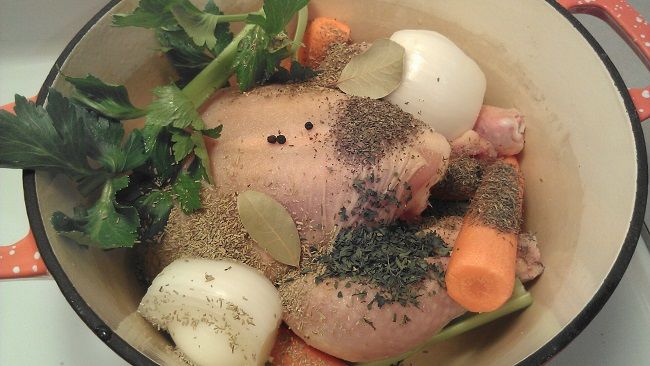
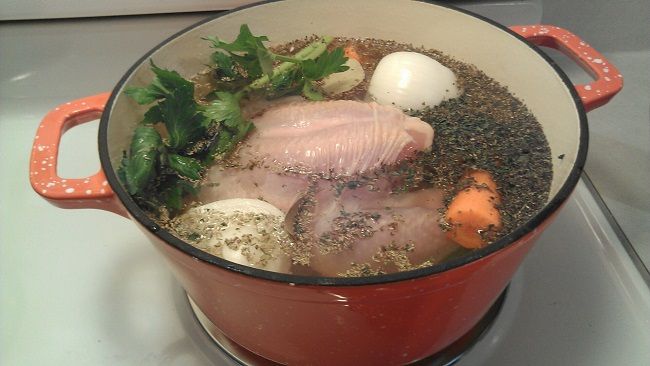
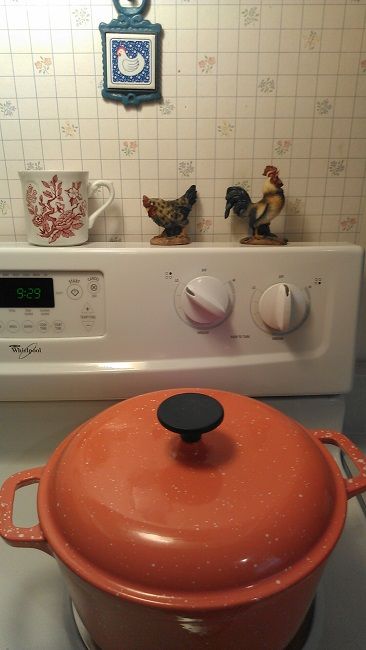
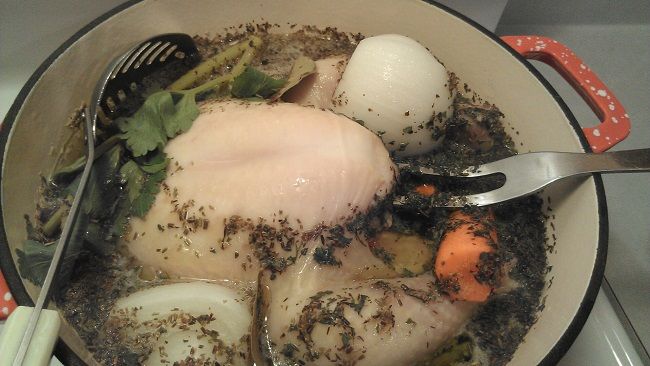

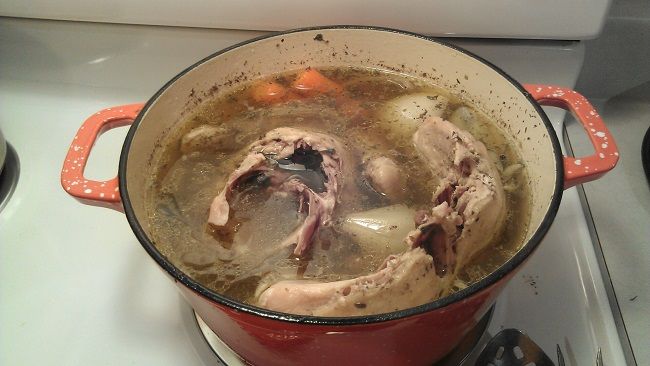
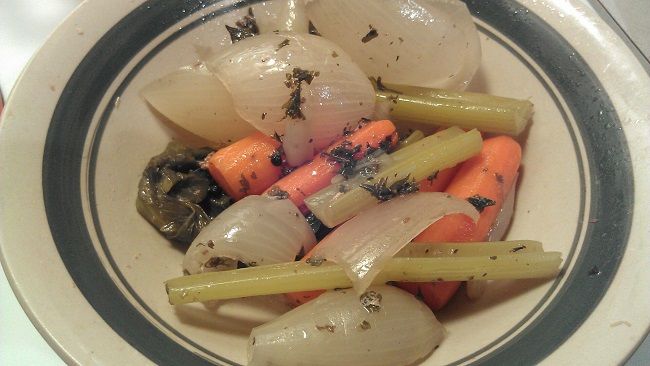
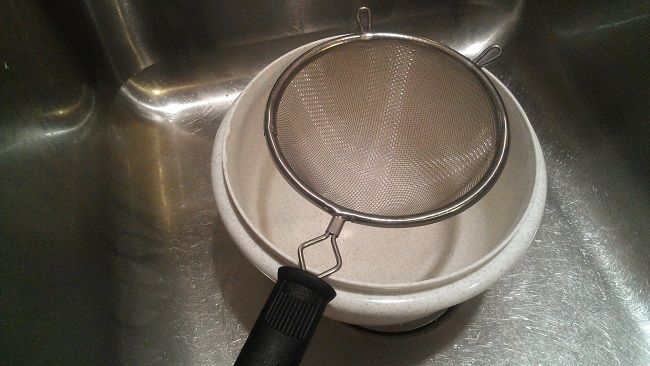
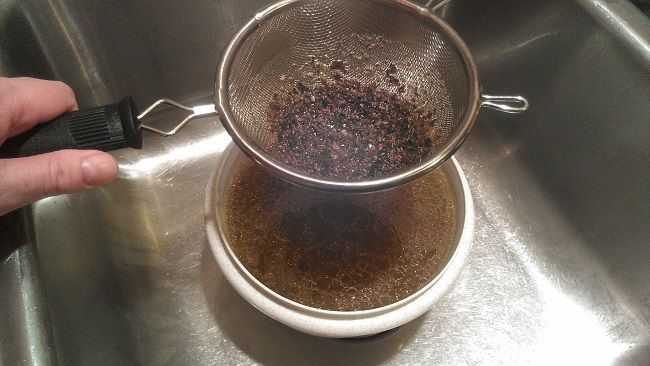
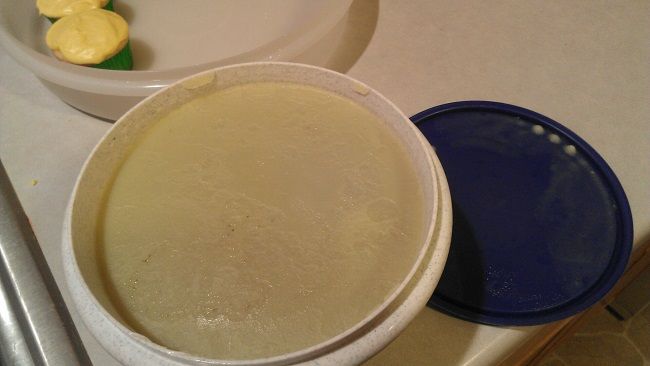
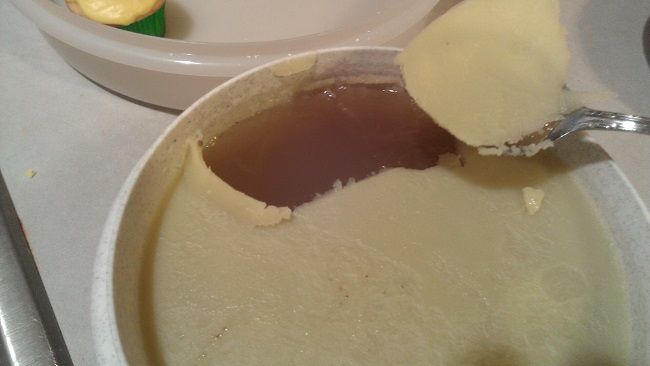
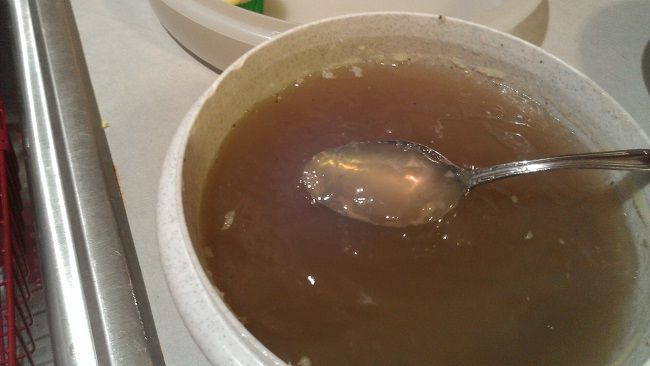
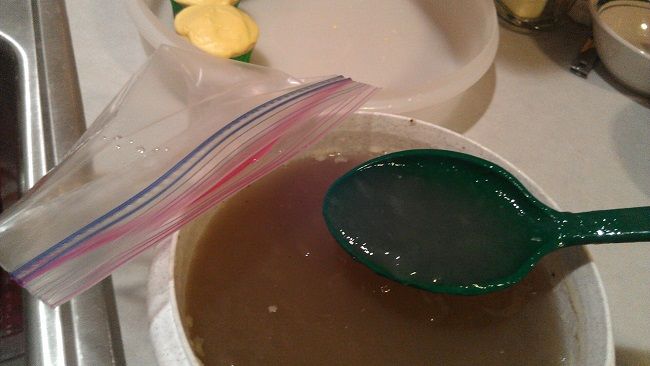
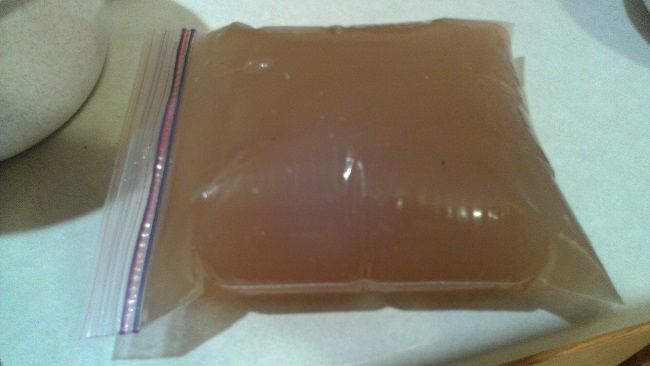
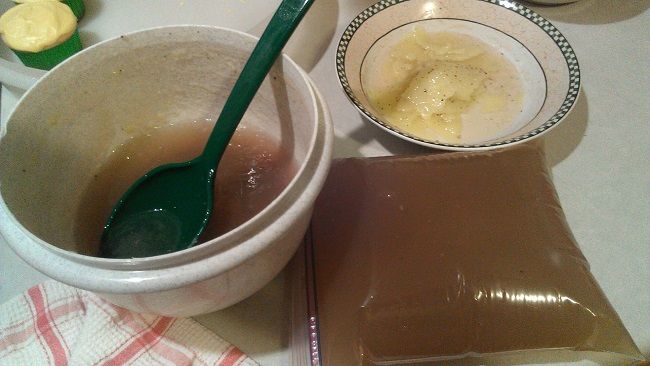
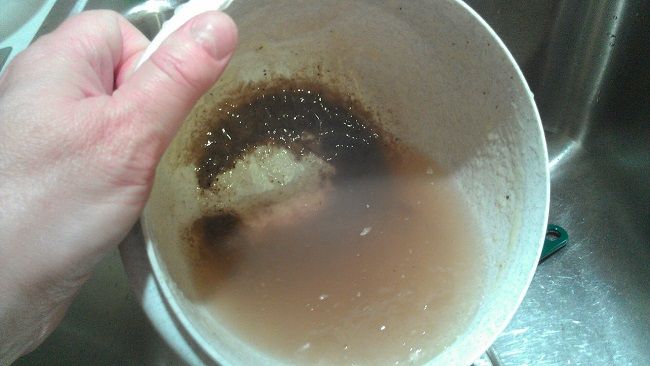
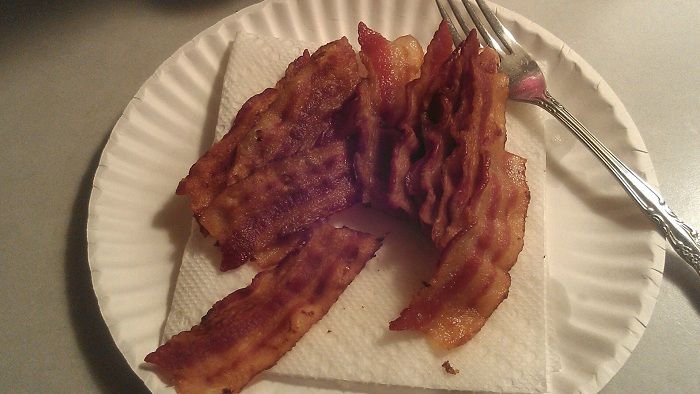
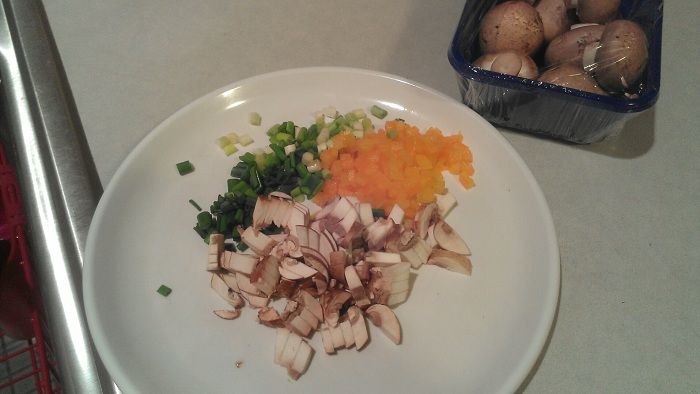
 which are much more tasty than regular store eggs, and the yolks are darker.
which are much more tasty than regular store eggs, and the yolks are darker.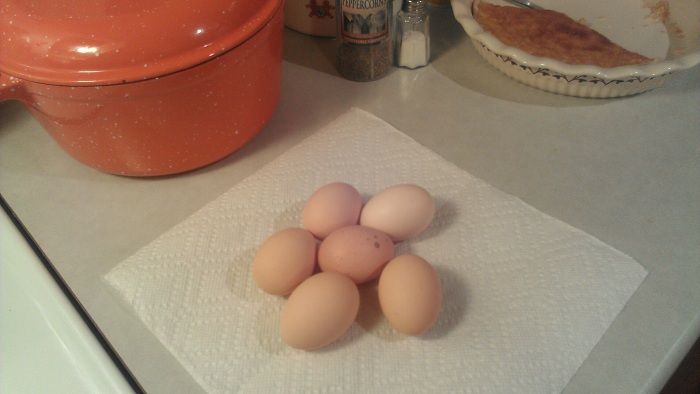
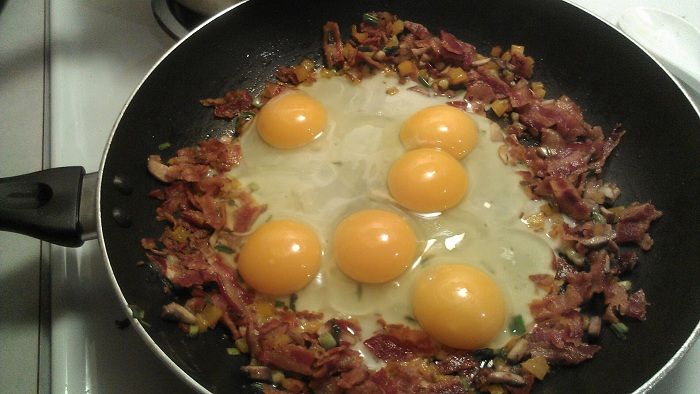
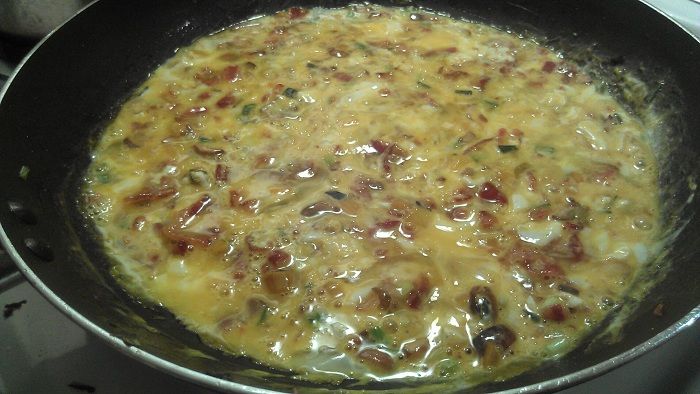
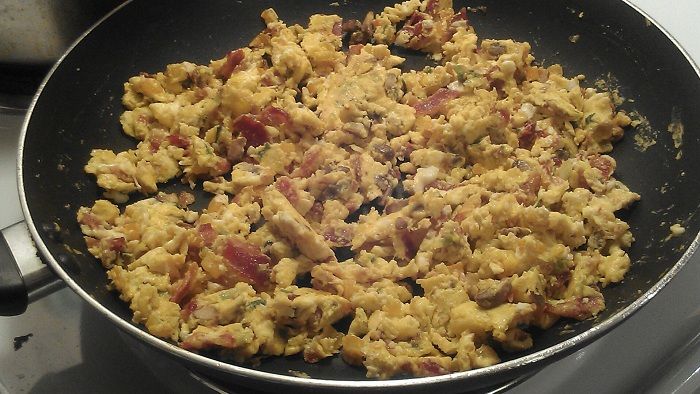
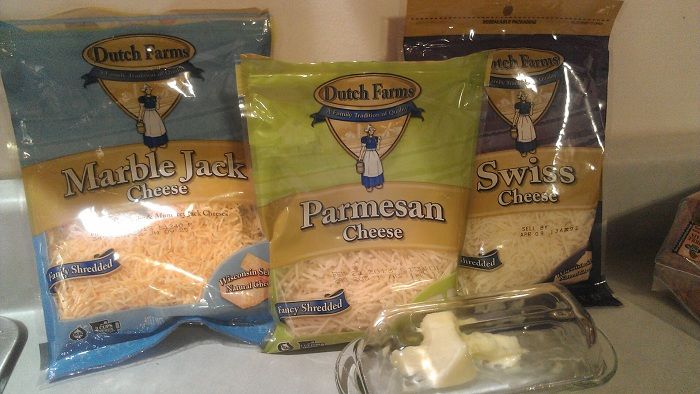
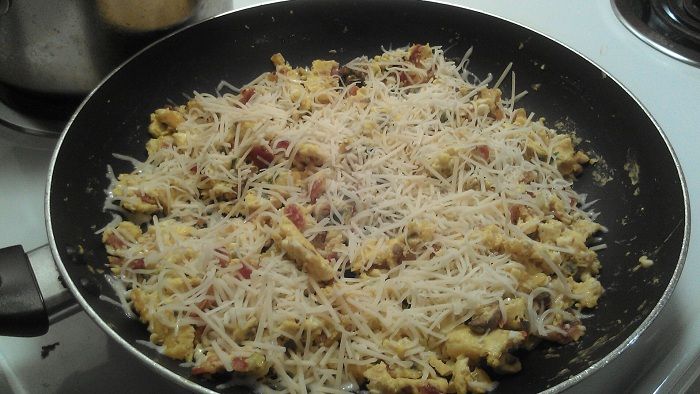
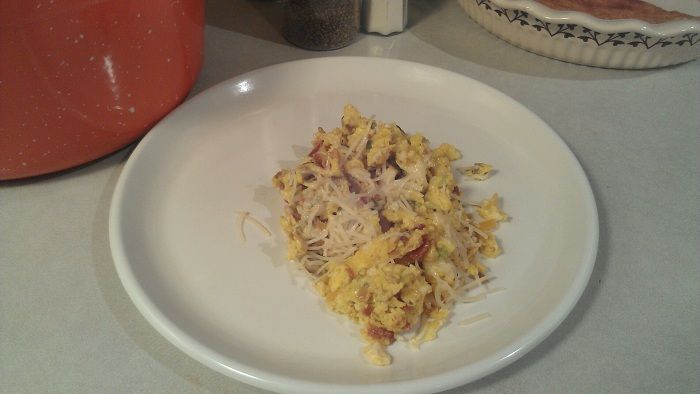
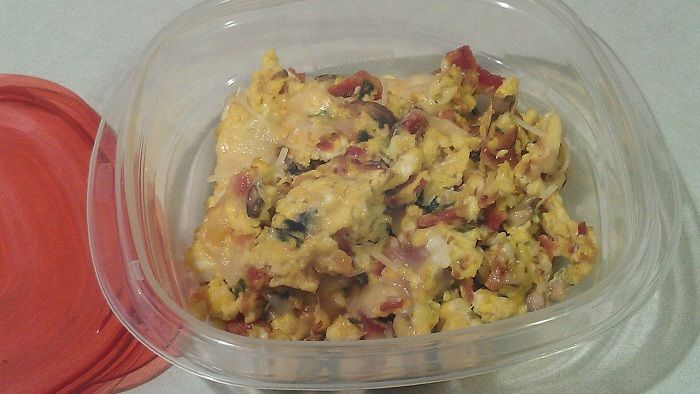
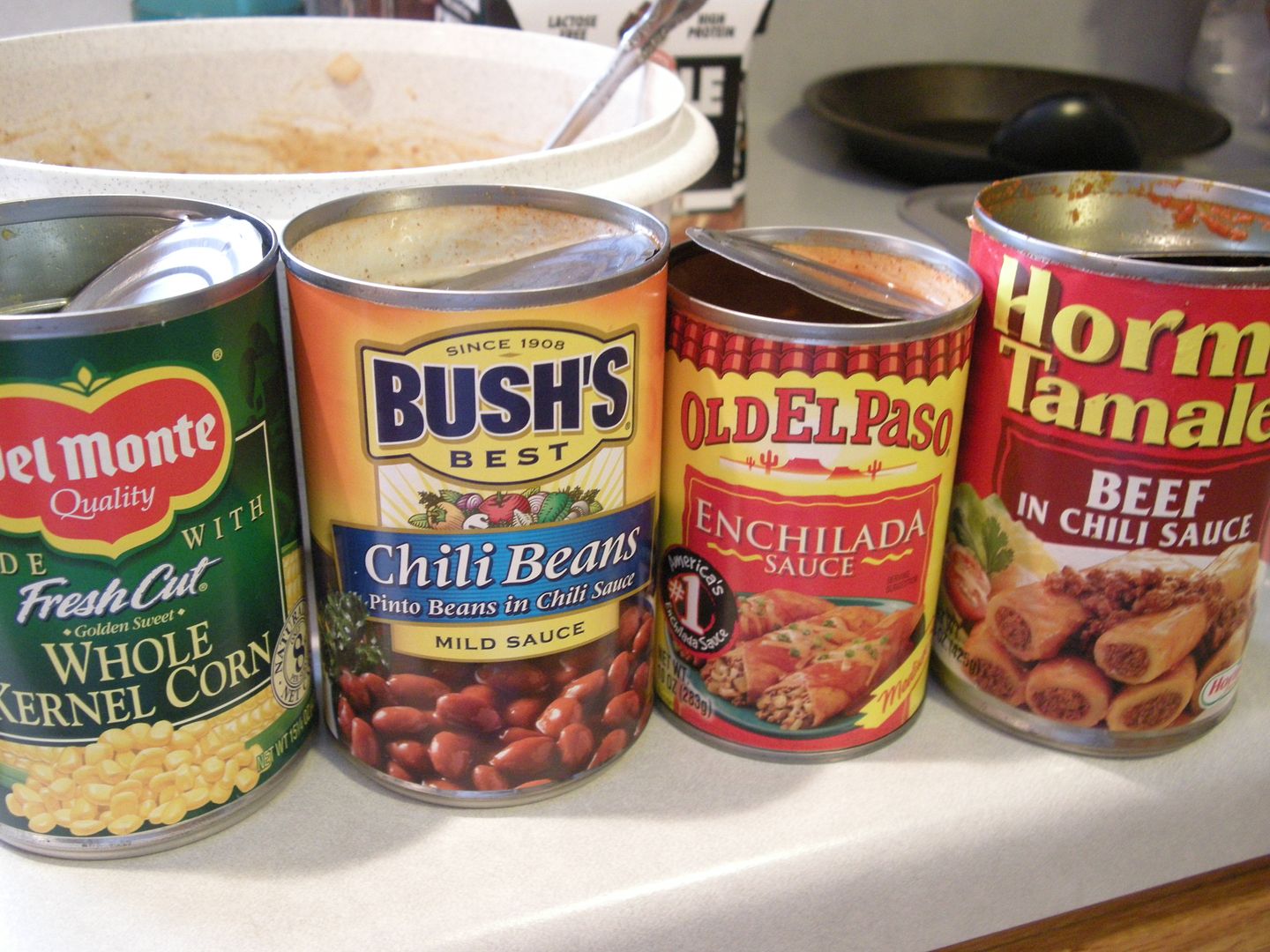
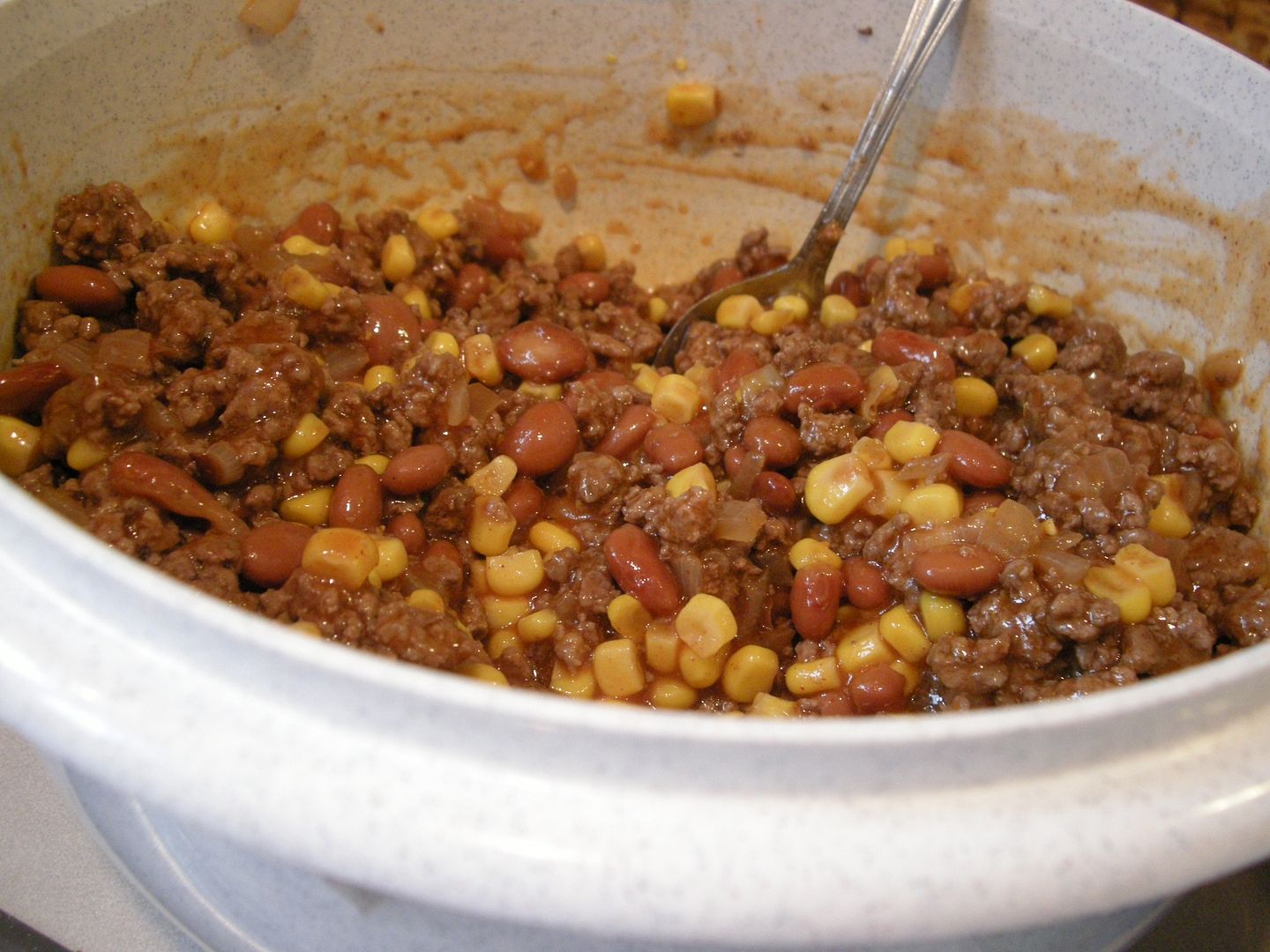


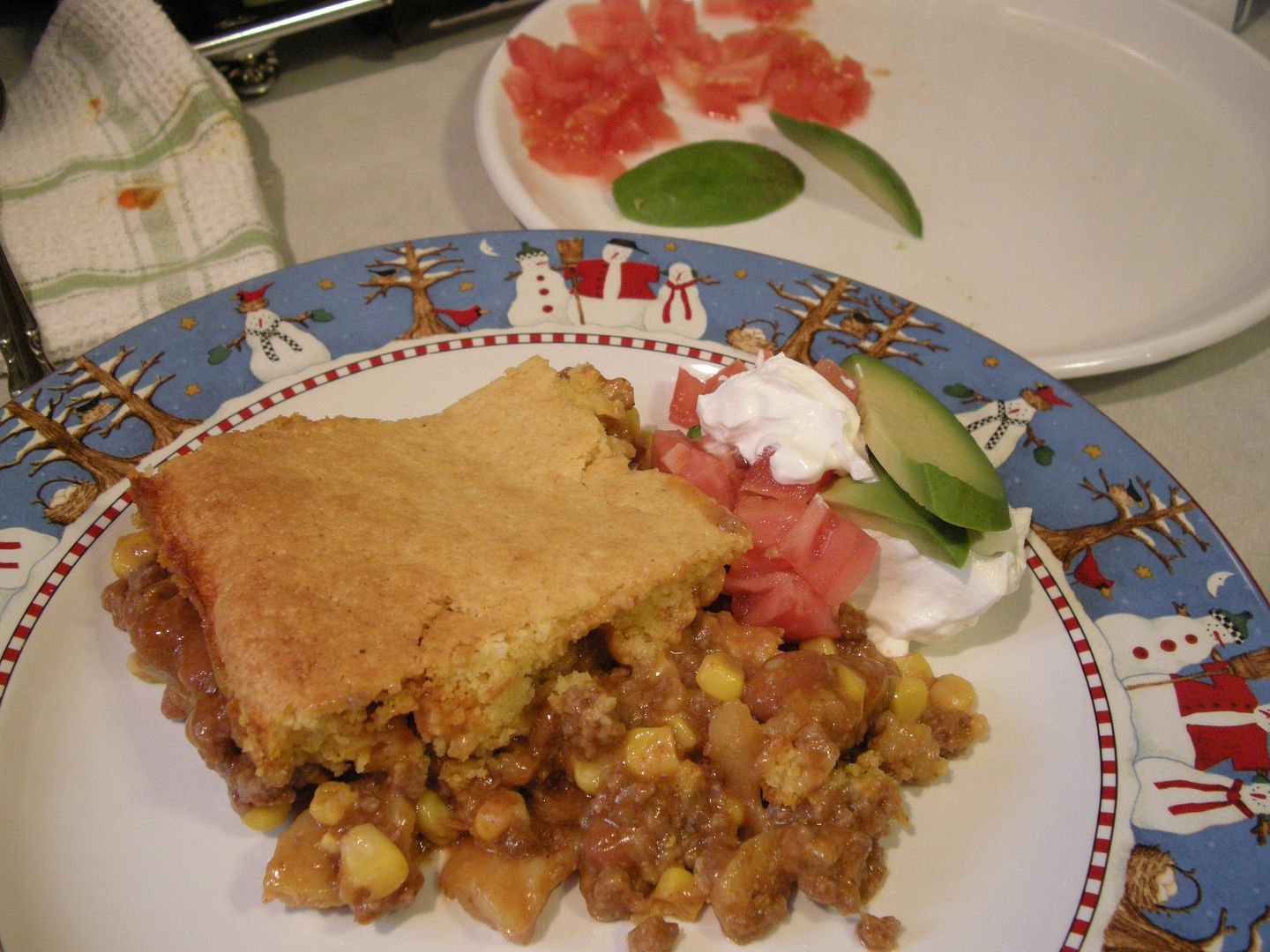
A couple of loyal readers who have been following my bluejacky blog already know from reading my silly little surveys that I have cooked professionally in both a big restaurant (400+ capacity) and a posh lounge, and that over the last two years have suddenly developed a ridiculous array of food allergies to the point where I can no longer eat in restaurants myself. I decided that the only way not to feel sorry for myself was to make everything I eat at home taste *better* than any restaurant I've eaten in (or cooked in), and believe it or not, I've wildly succeeded in these little babies.
Italian Chicken Fingers
Measure one part plain packaged bread crumbs (or flour, if you don't have bread crumbs, note that panko won't work that well with this recipe) to one part ground parmesan into a breading dish, about a cup each. Mix well, breaking up the parmesan lumps, adding a big dash each of black pepper and garlic powder, a tablespoon each of dried thyme and dried oregano, and a teaspoon of smoked paprika. I personally prefer McCormick spices because I think freshness, consistency, and quality make for better tasting food. I'm not being paid to say that, just saying, as someone who does a LOT of cooking.
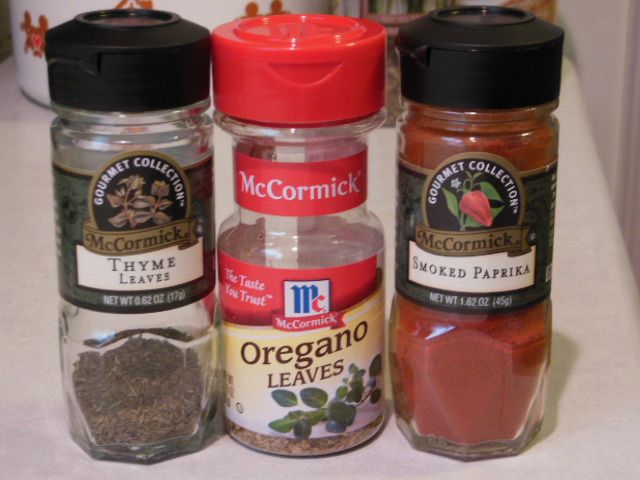
Open a package of chicken tenders and lay them out on a plate. I like to peel the transparent skin off them first, the finished texture is better. Lightly salt them only on the side that is facing up. Break two eggs into a small bowl and whisk them with a fork until they're all one color. Your ingredients are now assembled and ready to cook.
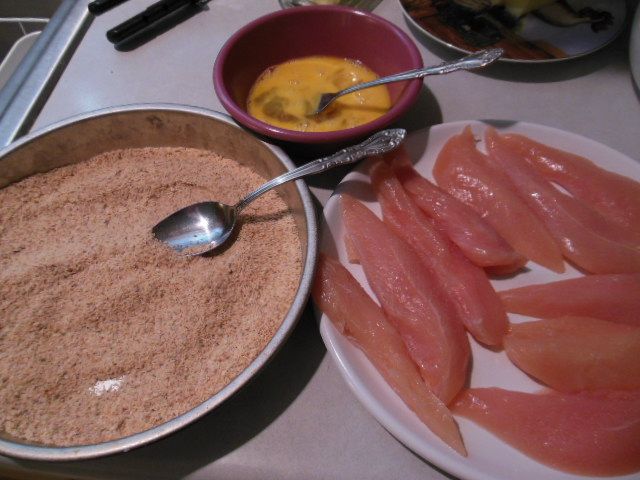
I normally use 100% canola oil for frying (1200+ mg. omega-3 in every tablespoon!) because it has a high smoke point and because I'm too sensitive to other oils, like corn and especially peanut. However, to punch up the flavor even more on these chicken strips, I fry them in leftover bacon grease (which also adds a little more salt). I never heat a nonstick frying pan above medium heat because some of them have warnings about the integrity breaking down under higher heat (and that can mean that toxic fumes might cook into your food, but I'm no expert, just cautious, and really tired of my pans breaking down). Your pan will get plenty hot if you are patient. When a pinch of the bread crumb mixture starts sizzling, your oil is hot enough to start cooking.
Dip a chicken tender into the egg with a fork, then transfer it to the crumb mixture and pat mixture firmly onto it, then lay it into the hot oil. Repeat with all the chicken tenders or until the pan is full, finish what's left in another batch. Cook for 2-4 minutes (depending on how hot you've got your oil) and turn over and cook until all sides are browned and crispy. Don't overcook or your chicken will dry out and be tough. Chicken tenders cook through much faster than regular sized chicken pieces. If you are unsure, cut the biggest one in half to make sure it's not still raw in the middle. If it looks done, the rest are done.
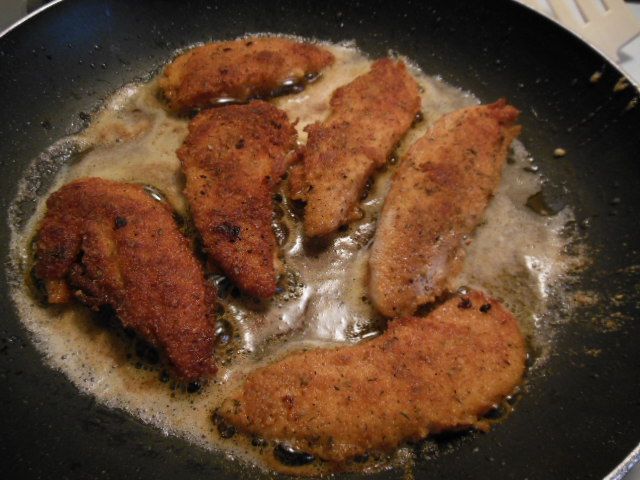
Lay the cooked chicken tenders out to drain on paper or a rack over a plate, and try to wait till they're cool enough to eat. I've burned my mouth because the wonderful smell was too much to take.
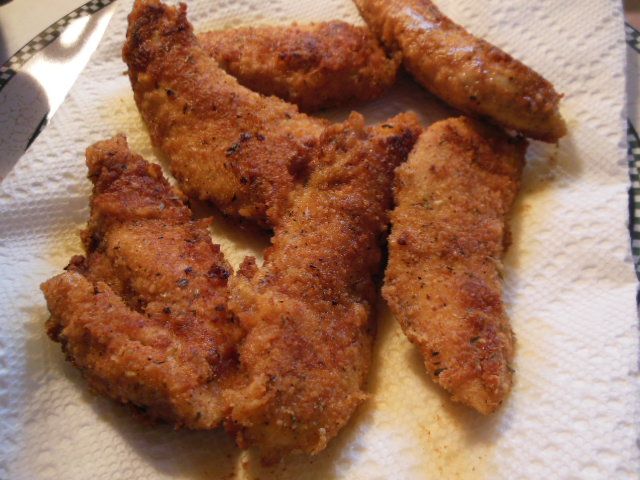
Remember scratch 'n' snif? Someday when we all have internet implants in our brains we'll be able to experience a smell and taste sensation by mentally clicking on a food picture we see in our heads. Too bad you can't taste this right now, it really is good. Go make some!
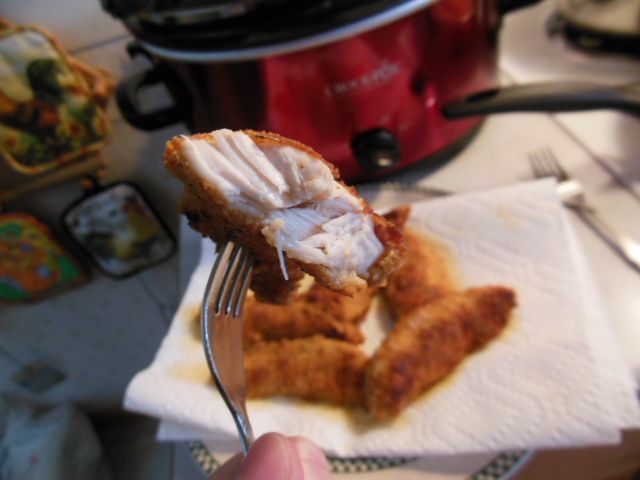
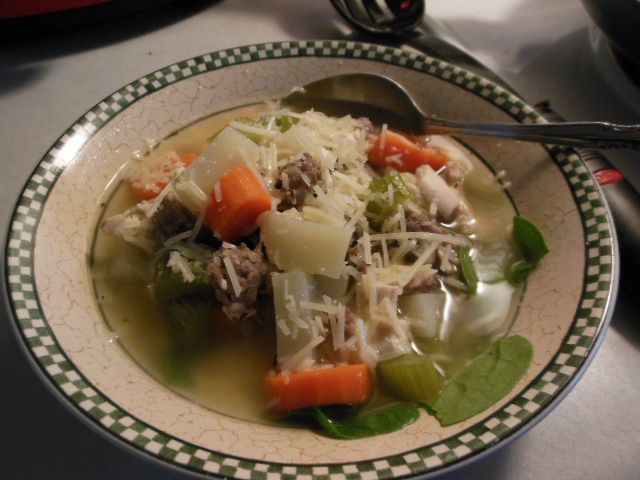
This is hands down the best alfredo sauce I've ever eaten. I originally tried to recreate the tortellini dish from Pasta House, which I've enjoyed for many years, and wound up with something even way better.
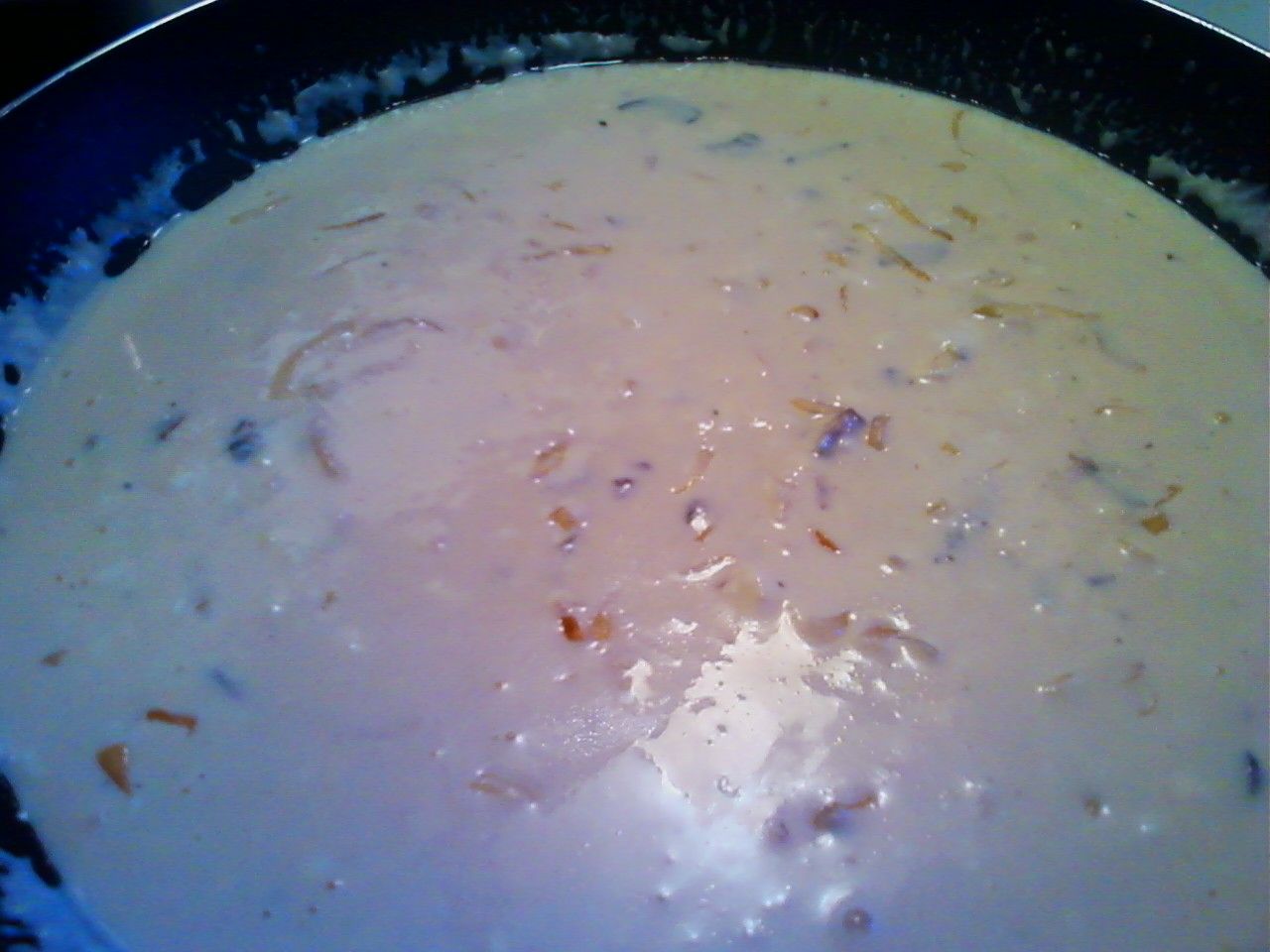
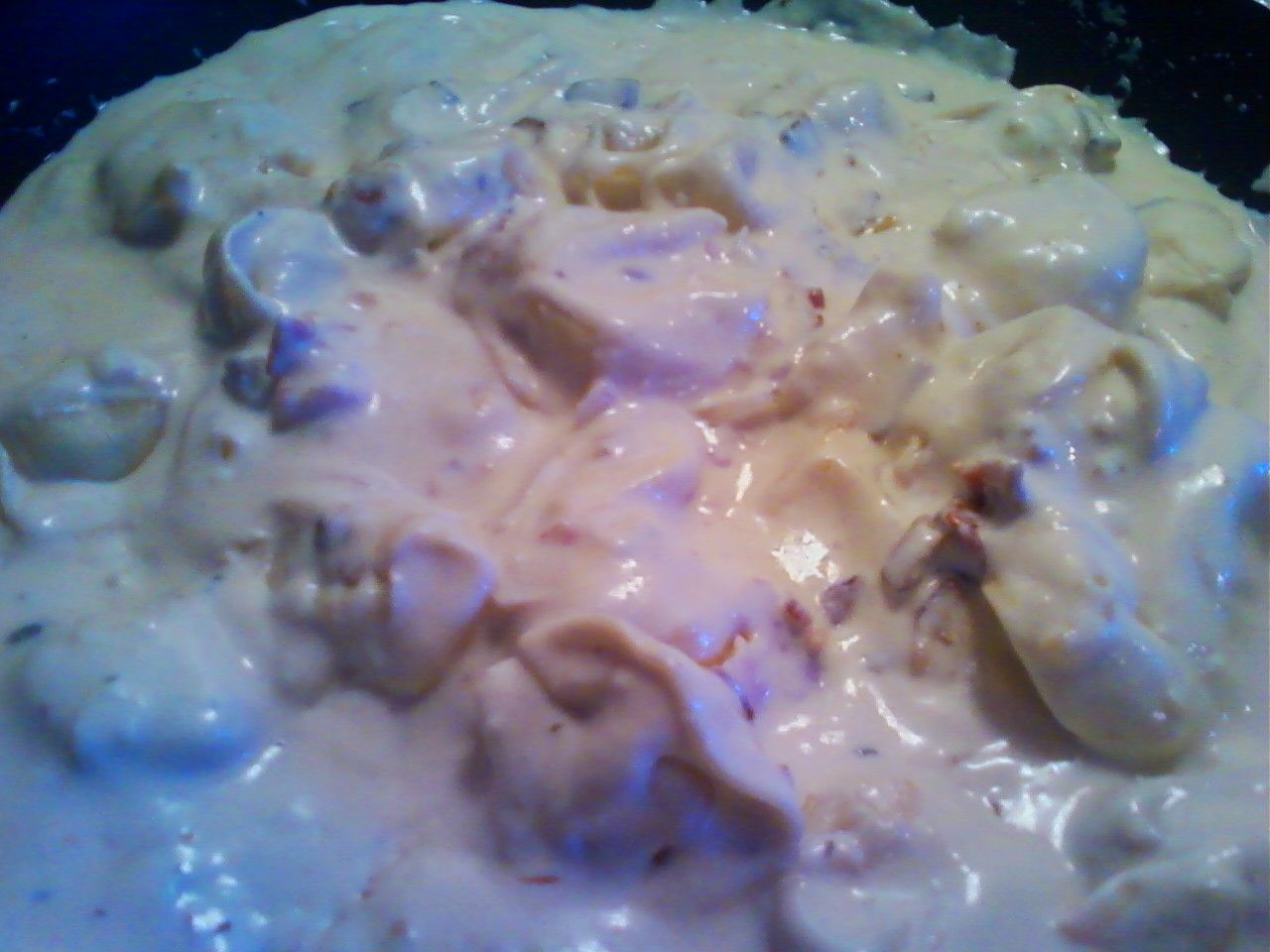




XANGA IS BACK - a public thank you to the Xanga Team.
 Lexxperience.com supports mobile viewing until Xanga gets that going again. (It's back on my Android now when I turn it sideways.)
Lexxperience.com supports mobile viewing until Xanga gets that going again. (It's back on my Android now when I turn it sideways.)
Lexxperience is also on Facebook
![]() Public sharing page for Lexx fans.
Public sharing page for Lexx fans.
Open discussion in the Lexxperience group on Facebook if you'd like to interact with me and other fans about what I'm writing about Lexx.
SAVE LEXX <-- what's happening with this blog.
I will NEVER ask for or accept donations to keep this site going. Ever.
Laptop screencaps used in not for profit blog episode and character reviews and film study at grandfortuna.xanga.com and lexxperience.blogspot.com Copyright Disclaimer Under Section 107 of the Copyright Act 1976, allowance is made for "fair use" for purposes such as criticism, comment, news reporting, teaching, scholarship, and research. Fair use is a use permitted by copyright statute that might otherwise be infringing. Non-profit, educational or personal use tips the balance in favor of fair use."
My screencaps are hosted at LexxPix. You are welcome to use my bandwidth to share these pix to other sites.
Join registered hashtags #Lexxperience, #Lexx, and mashtag #MerLexxian for real time twitter feed, photos, and videos.
Public hashtag #pblexxpix goes to a shared album in my photobucket. Anything on twitter, instagram, and photobucket labeled with this hashtag will automatically appear in this album as well. You are welcome to use my bandwidth to share these pix to other sites.
Lexx fans have permission to translate and copy my material to other fan sites and hotlink images from this blog.
Subscribe to GrandFortuna by Email
My first tracker was installed in 2004 and broke several times before moving to a new server, which lost a few months of stats, and then Xanga moved to new servers and I lost more stats for more months before the page came back up, so I've lost a total of about two years' worth of stats. The second was installed 2-22-14 and is considered very conservative by business owners who use analytics, which itself is very conservative, estimates being that roughly one third to one half of hits by real live people aren't even counted, most likely due to javascript discrepancies. Actual hits on several posts here are in the thousands now, and the Lexx Index in the ten thousands. I've got pingbacks turned off, so spam isn't counted at all within the Xanga internal tracker, and most direct post hits can be correlated to my real time linking activity on twitter and other social media. When I did Google Analytics beta testing I got to see how search engine performance compares to tracking. I believe live feed linking sources to various social medias are key to a future where search engines are more about performance than cataloging, which has been confirmed to me by coders who create bot algorithms as I was beta testing paper.li. I've fought hard through redundant age-old stacks to make my way to the google front lines again, so my Lexx work shows up faster on Chrome searches now. This has been a really interesting ride. At any rate, my point is, I can still go back 6 years on my original tracker and I can still see that in 2013 just before the last big blog server move, I was getting traffic like this (and since then, the tracker may have been abandoned, we can't tell). Click the thumbnail to see full size.
My original tracker also still lets me see the latest 500 visitors on a map. I once counted over 80 countries among the total visits. You guys are not alone. Click the map to see it better.
Besides Lexx, the most common search phrases that bring new visitors here are variations on 'huge spaceship'. The most seen post from a phrase search is How Big is the Lexx? My biggest Lexx referrer is Lexx Domain. Most of page views per person count comes from the Lexx tag on Tumblr. Visitors who stay the longest come through URLOpener and are pinged through the Google translator server in Mountain View, CA.
| S | M | T | W | T | F | S |
|---|---|---|---|---|---|---|
| « Jan | ||||||
| 1 | 2 | |||||
| 3 | 4 | 5 | 6 | 7 | 8 | 9 |
| 10 | 11 | 12 | 13 | 14 | 15 | 16 |
| 17 | 18 | 19 | 20 | 21 | 22 | 23 |
| 24 | 25 | 26 | 27 | 28 | 29 | 30 |
| 31 | ||||||